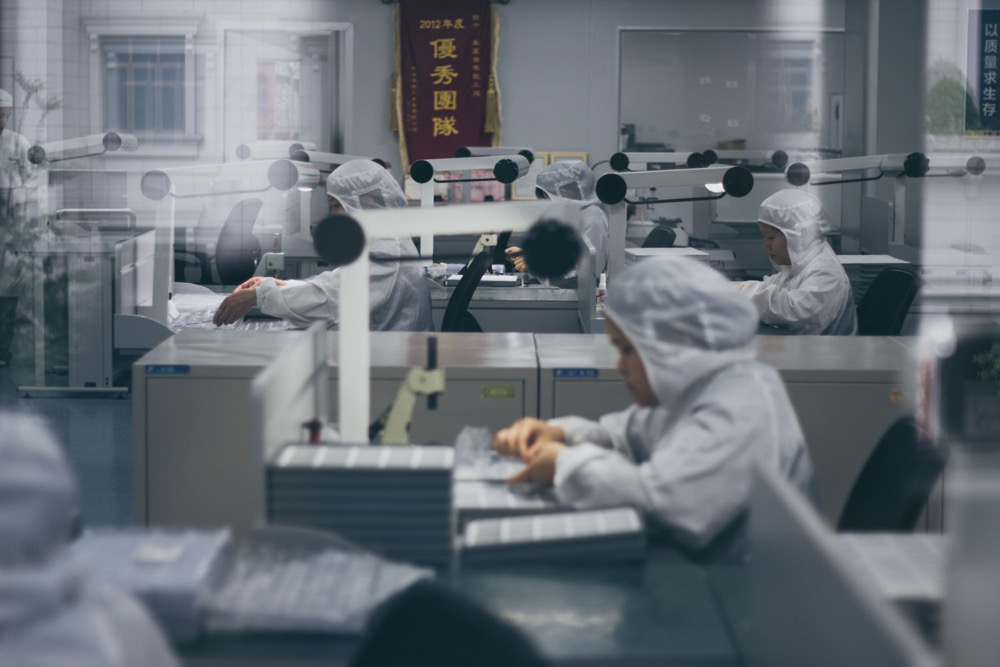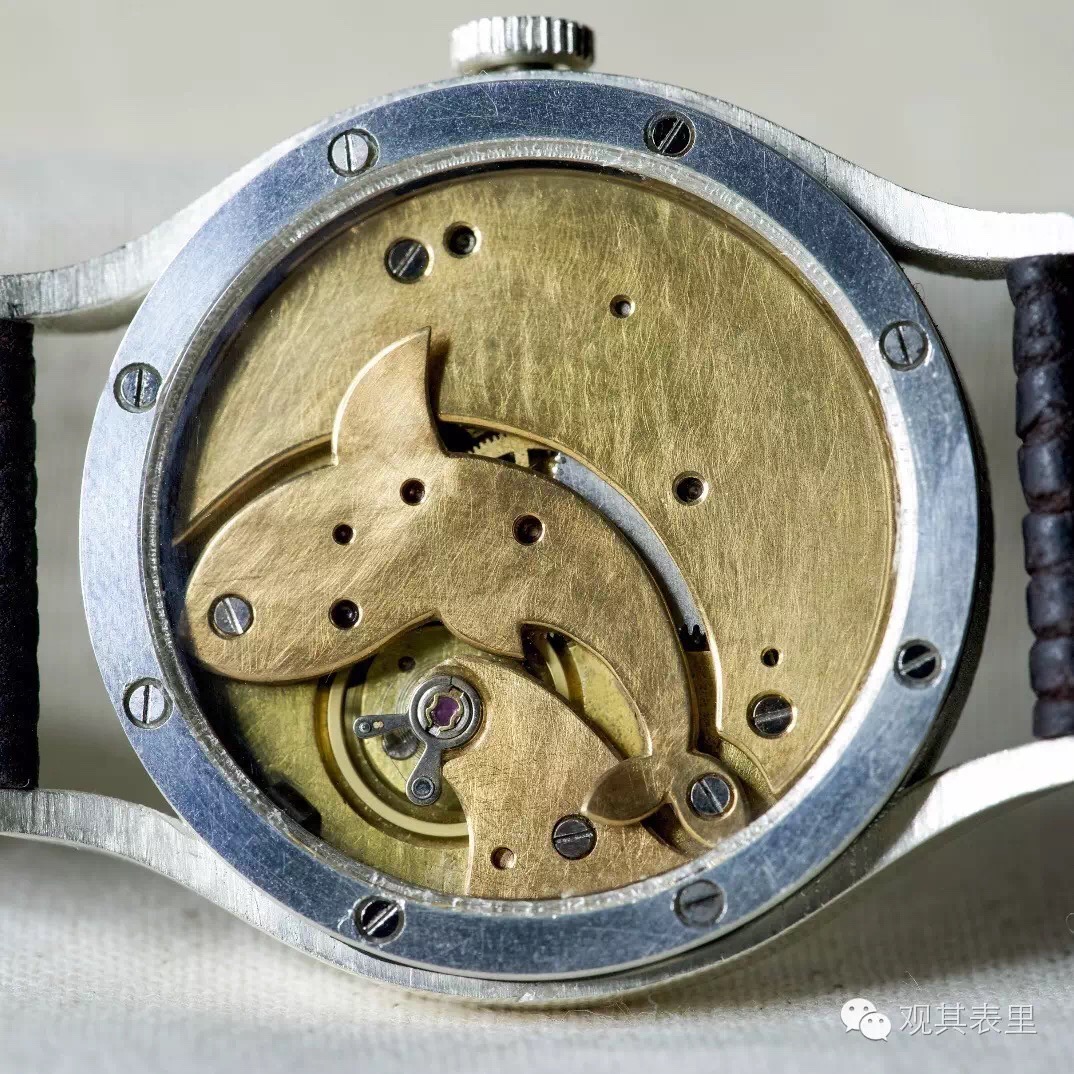Time Travel: EWR Heads to ZhuHai For A Day With ROSSINI
/After meeting the kind people from Rossini at the China Watch & Clock Fair a few weeks ago, we were invited down to tour their factory in Zhuhai. Zhuhai is just a hop, skip, and jump from any of the major cities of Hong Kong, Macau, Shenzhen, or Guangzhou, and its beautiful scenery makes it one of the most popular tourist destinations in southern China. Beyond being popular among tourists, Zhuhai was also named the “most liveable city in China” in 2014, according to the Chinese Academy of Social Sciences.
To say that the Rossini factory stood out from the other factories in the area would be a severe understatement. We turned onto the factory’s street and were greeted by a trio of beautiful buildings that were obviously designed with Italian inspiration. Interestingly, the company was named for the famous opera composer Gioachino Antonio Rossini.
I've lived in China for a while now, and have been in and out of factories of all kinds. I can honestly say that I was not expecting the state-of-the-art watchmaking facility that I found in Zhuhai. From the outside grounds to the administrative offices to the factory itself—it's obvious that Rossini not only cares highly about every aspect of their presentation, but they also go to great lengths to make sure their employees are comfortable and taken care of.
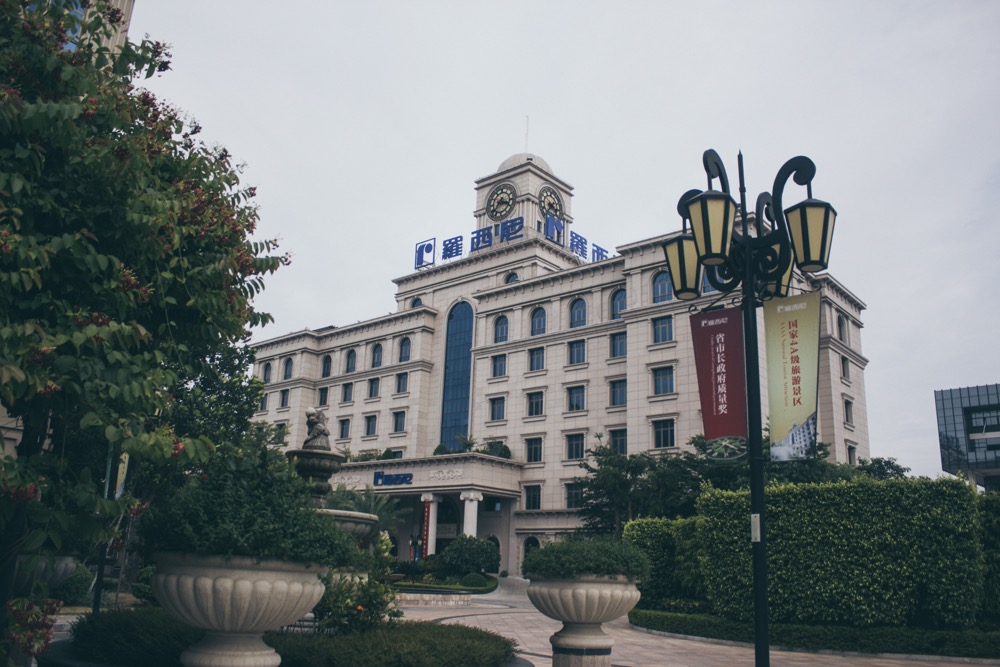
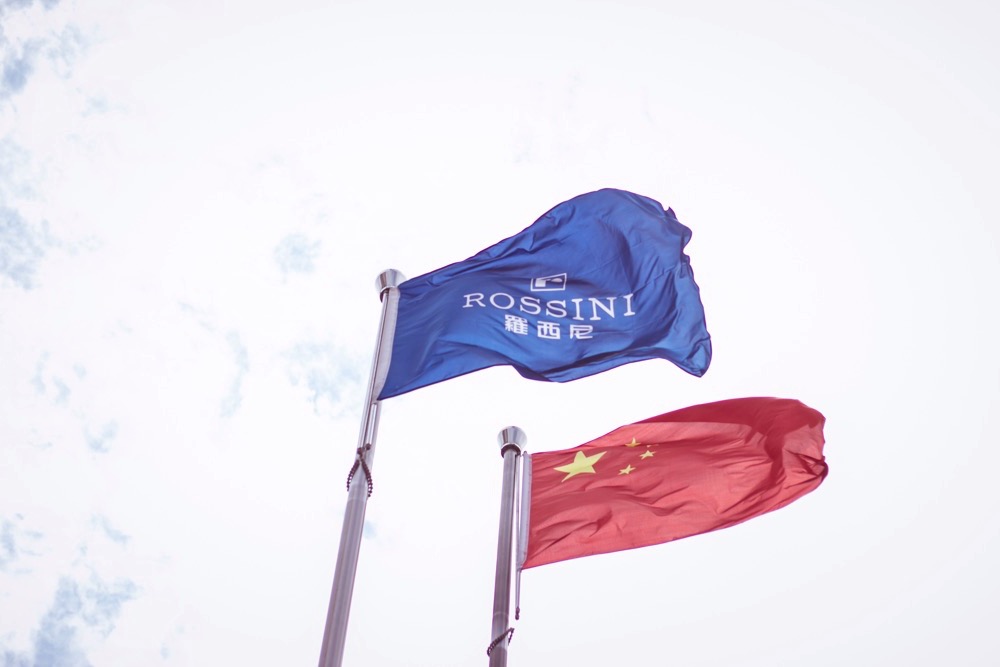
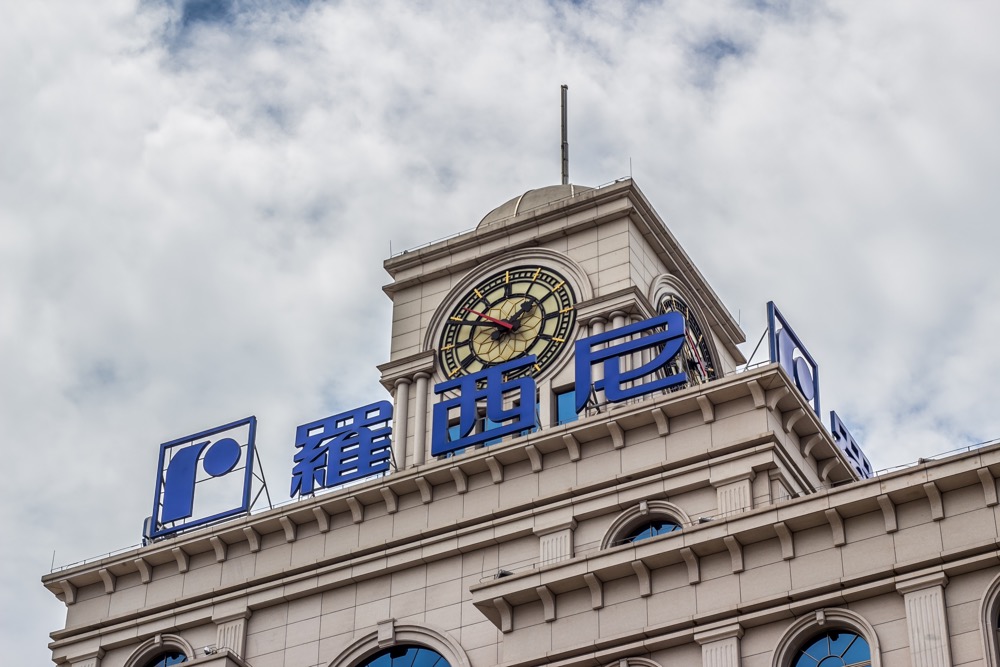
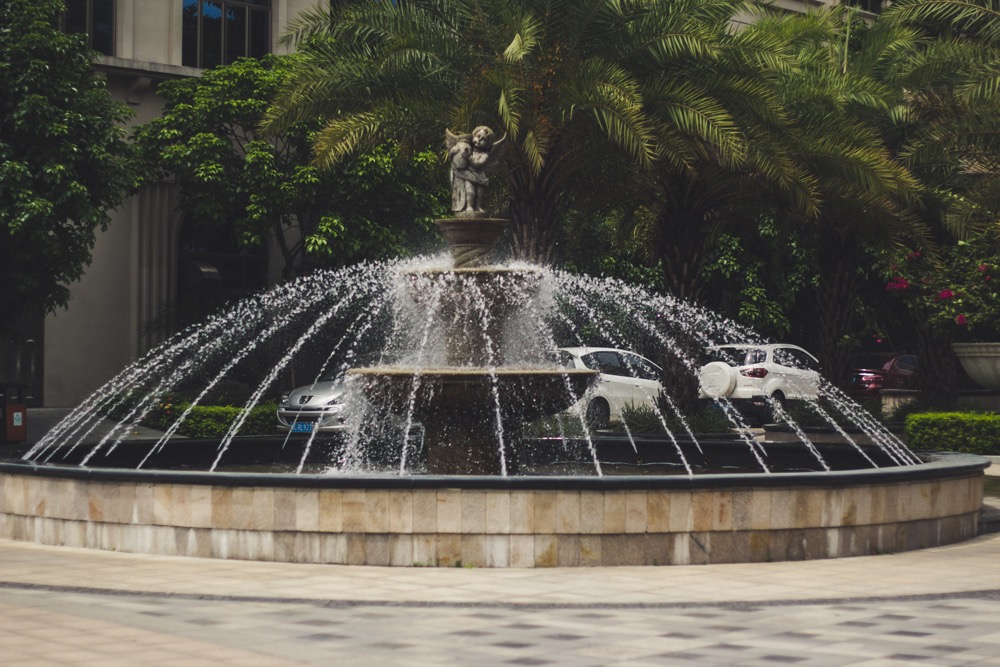

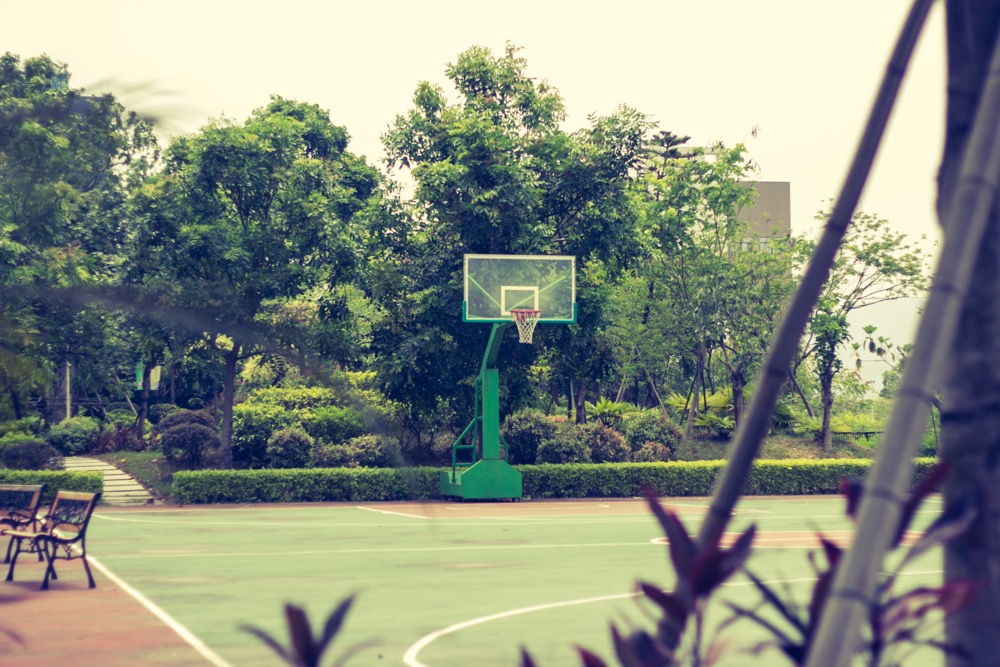
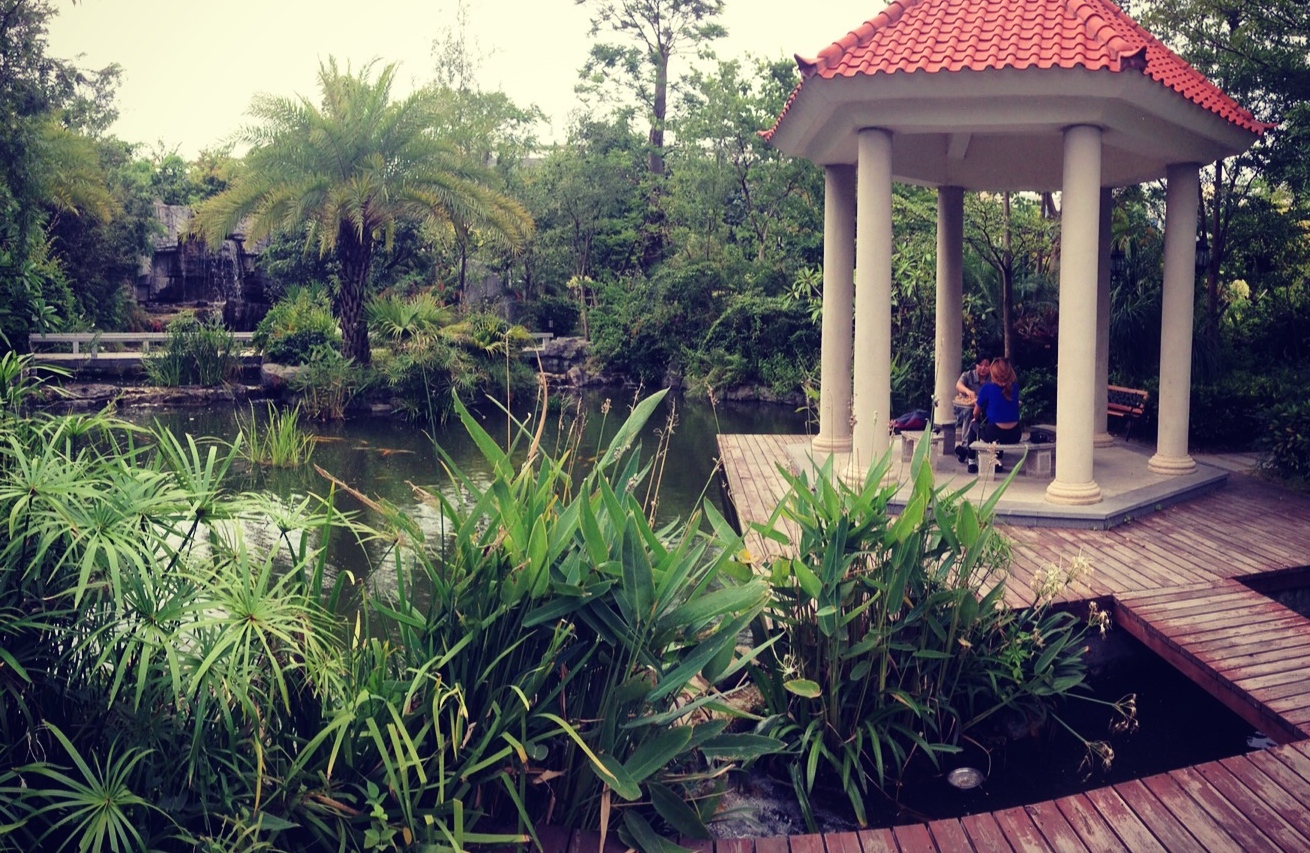
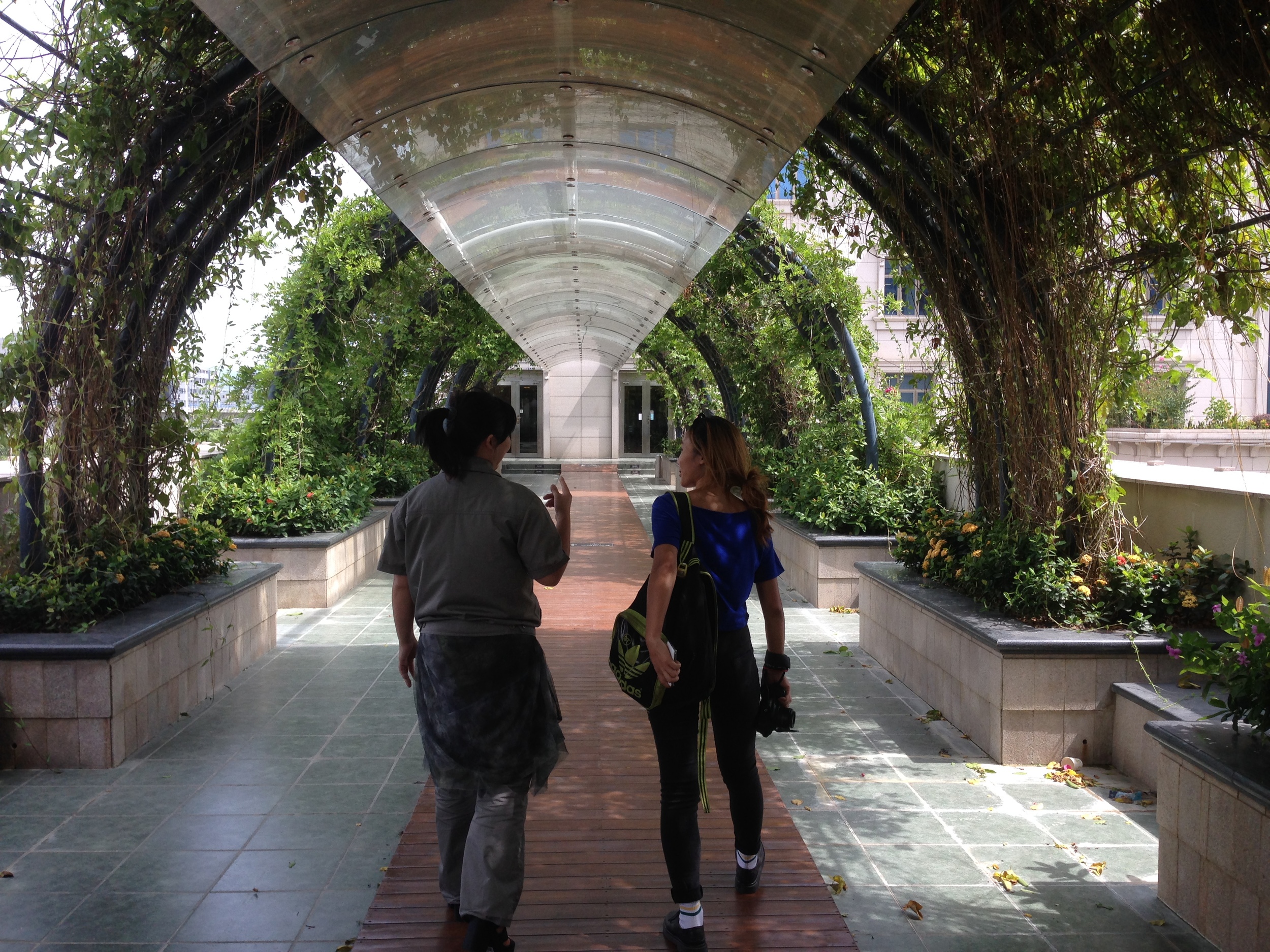
The company currently employs about 750 people at their Zhuhai facility, 500 or so of which work in the five-floor factory building. Rossini doesn't make their own movements, but uses Japanese Miyota and Swiss ETA movements in their watches. The rest of the production is done onsite in their very modern watchmaking facilities.
The first floor is for metalwork, such as the turning, milling, drilling, boring, and polishing of cases and bracelets:
Up on the second floor, we start to see more sophisticated equipment used for making dials and other more detailed parts of the watch. Rossini produces about 1.5 million watches per year.
Moving up to higher floors, I was told that these areas are kept to a "food-grade" standard of cleanliness. This is where the experienced Rossini watchmakers do the delicate work of assembling the rest of the watch. After the watch is complete, it goes through a series of tests and inspections.
Most of the watches are designed by Rossini designers, but they did hire a team of Swiss designers for a few of their higher-end watches. Stay tuned for more specific Rossini watch reviews coming soon!
The facilities are so nice that the company decided to open them up to the public and allow tourist groups to come through and observe the process of watch assembly. (Always through the glass, of course. No one is allowed inside the actual watchmaking rooms). They also have a large watch and clock museum with many historical relics of timekeeping.










